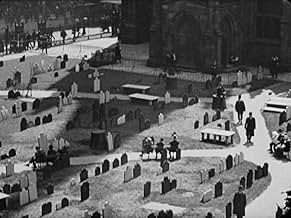Cinema had matured enough in the year 1921 to allow imaginative experimentation with celluloid. Two photographers combined Walt Whitman's lines of poetry with 65 filmed shots of New York City's Manhattan Island to produced their short movie 1921's "Manhatta." Some cite the pair's brief film as the first avant-garde work in moving pictures.
Charles Sheeler, a painter/photographer, and Paul Strand, photographer, decided to base their short project on passages from Whitman's 'Leaves of Grass.' They set their motion picture camera high above the city landscape, framing each of their 65 shots like they were using a still camera, dictating the artistry of the city's buildings and transport vehicles to determine its positioning. The camera rarely moves during each shot and sustains mostly wide shots of the city.
Not only does "Manhatta" serve as a fascinating historic photographic record of New York City over 100 years ago, it also reflects how humans apoear to be overwhelmed by the gigantic concrete structures and mammoth transports surrounding them. One particular visual exemplifying such magnitude is when a horde of workers crowd the stern of a ferry and unload in a rush to get where they need to go.
"Manhatta" was rarely shown after its completion, and when it did the movie was more of a curiosity. In 1950, a worn print of the short was discovered in a British film vault, and an archivist, beginning in 2005, spent four years to restore it to its current pristine form.



















